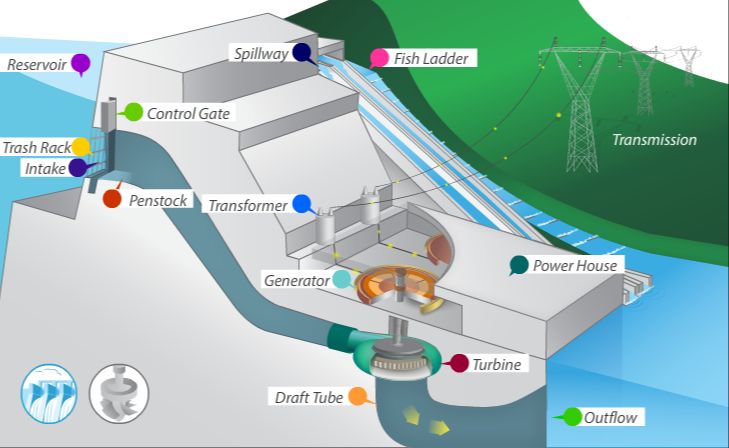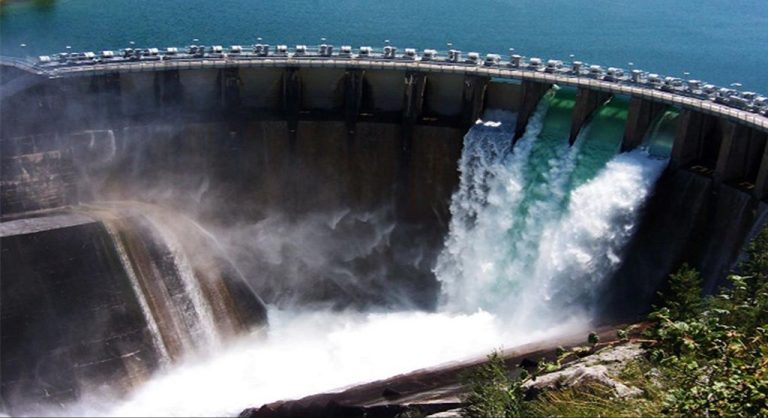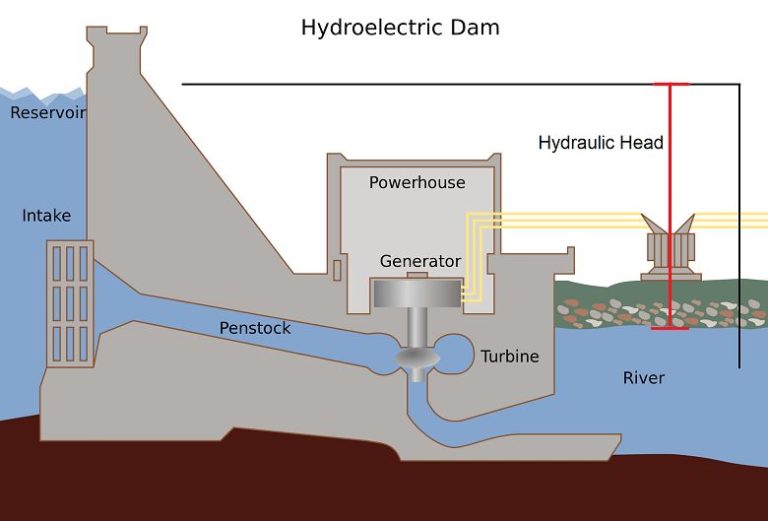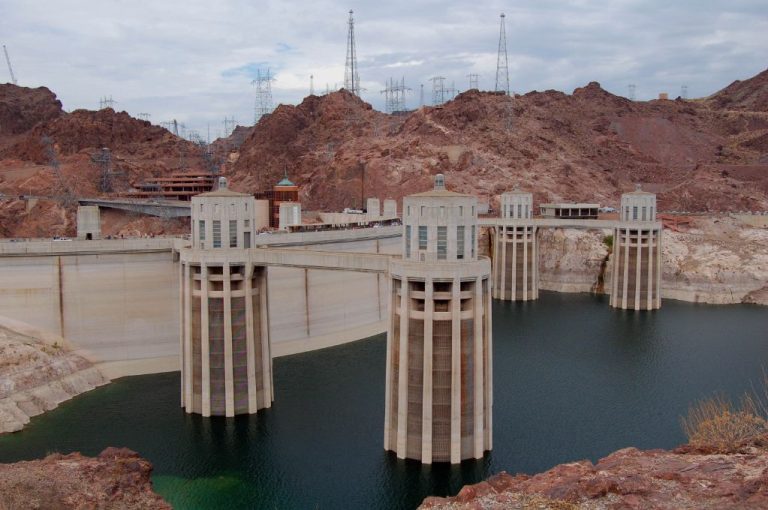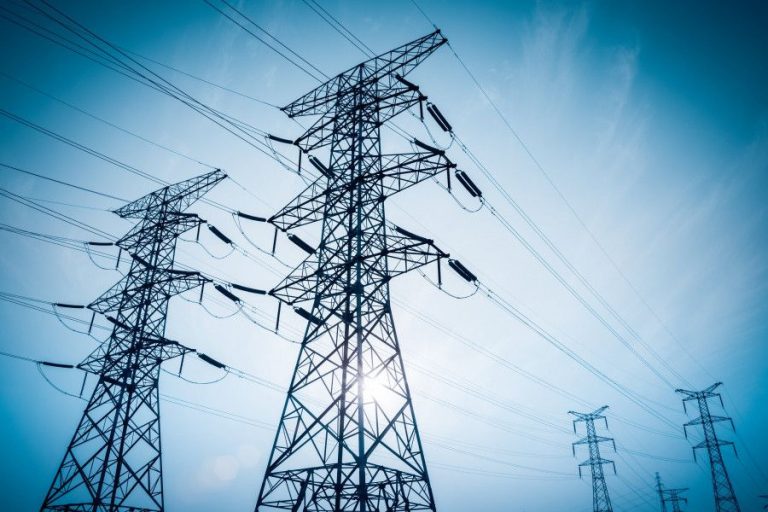Which Is The Biggest Hydroelectric Project In Karnataka?
Hydropower plays an important role in Karnataka’s renewable energy sector. As of 2007, the total capacity of small hydropower plants (SHPs) in the state was 164.74MW, with Mysore district having the most at 36MW (https://wgbis.ces.iisc.ac.in/energy/paper/REN2007/results.htm). The Sharavathi Hydropower Project, located in Shimoga district, is the largest hydroelectric project in Karnataka with a capacity of 1035MW.
The Sharavathi Hydropower Project generates a significant amount of electricity for the state and has had major environmental and economic impacts since its construction. This article will provide an overview of the technical details, power generation, costs, benefits, and future plans for this massive hydroelectric project.
Sharavathi Hydropower Project
The Sharavathi Hydropower Project is located in Shimoga District in the state of Karnataka, India on the Sharavathi River. With an installed capacity of 1,035 MW, it is one of the largest hydroelectric projects in India.
The Sharavathi Hydropower Project is operated by the Karnataka Power Corporation Limited (KPCL), which is owned by the Government of Karnataka. The project was developed in stages from 1964 to 1993 under the vision of harnessing the hydropower potential of the Sharavathi River to electrify Karnataka.
The Linganmakki Dam was completed in 1964 with an installed capacity of 55 MW. The power station was further expanded between 1982-1987 with the addition of 4 units of 55 MW each. Finally, the last unit of 130 MW was commissioned in 1993, bringing the total installed capacity to 1,035 MW.
Over its 30-year development, the Sharavathi Hydropower Project involved the construction of several dams and reservoirs to regulate the flow of the Sharavathi River. It continues to be a vital source of renewable electricity for the state of Karnataka.
Technical Details
The Sharavathi Hydroelectric Project makes use of the Linganamakki Dam built across the Sharavathi River in the Shimoga district of Karnataka. The dam is located about 9 km from Jog Falls and has a height of 1,819 feet above sea level. It has an effective storage capacity of 4.29 cubic km of water.
The dam powers the Sharavathi Generating Station, which has 8 units of 110MW each for a total installed capacity of 883MW. The generating station uses Francis turbines and generators designed to utilize the substantial head of the reservoir. Power from the generating station is evacuated via 220kV transmission lines that connect it to the Karnataka grid.
Energy Generation
The Sharavathi hydropower project generates an annual average of 5.89 TWh of electricity, making it the largest hydroelectric generation facility in Karnataka.[https://india.mongabay.com/2020/06/can-sharavathi-river-survive-another-hydropower-project/] The installed capacity of 1,035 MW consists of 10 generating units of 103.5 MW each. The availability factor of the plant is quite high at over 90%.[https://www.power-technology.com/marketdata/power-plant-profile-sharavathi-india/] This allows the Sharavathi project to operate as a peaking power plant, ramping up and down quickly to meet peak electricity demand.
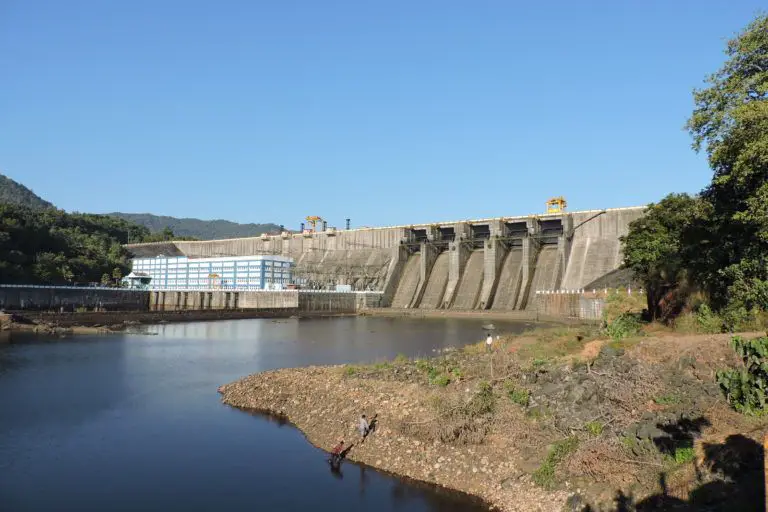
The electricity generated at Sharavathi is distributed to the state grid through 220 kV transmission lines. Power is supplied to various regions of Karnataka, including major load centers like Bengaluru.[https://www.swapdial.com/%5Epublic/knowledge-contents/industrial-data/(%3FPsharavathi-hydro-power-plant-karnataka%5B-%5Cw%5Cd%5D+)/$] The peaking capacity helps meet peak demand periods and improves grid stability across the state.
Environmental Impact
The Sharavathi hydropower project has had significant environmental effects, both positive and negative.
On the ecological side, the reservoirs created by the dams have submerged forest land and altered the local habitat. This has disrupted local wildlife populations and migration patterns. However, the reservoirs also provide new habitat for some aquatic species.
To construct the dams and reservoirs, many villages and towns had to be relocated. This resettlement process impacted thousands of families. While resettlement colonies were established, dislocation from ancestral lands and disruption of community ties has caused suffering.
The dams greatly reduce water flow downstream. This affects downstream agriculture, fishing and biodiversity. However, some water is still released for ecological purposes.
Overall, the environmental impacts have been significant. Measures to compensate affected people and protect biodiversity have had mixed results. Sustainable management of downstream flows remains a challenge.
Costs and Benefits
The Sharavathi Hydropower Project required major infrastructure investments to construct the dams, reservoirs, tunnels and power stations. The total cost of the project was over $500 million USD in today’s dollars. This massive investment was funded by the Indian government with support from international agencies like the World Bank.
While costly to develop, the economic benefits of the Sharavathi project have been substantial. The 10 hydroelectric generating units produce on average 17,620 million units of electricity per year. This supplies electricity to major urban centers in Karnataka like Bengaluru, boosting economic productivity. The project has also created thousands of jobs, both during construction and ongoing operations. The regular water supply from the reservoirs additionally supports local agriculture. Studies suggest the overall economic rate of return from the Sharavathi project has been between 12-15%.
Comparison to Other Projects
The Sharavathi hydropower project is the largest hydroelectric project in Karnataka in terms of installed capacity and power generation. According to the Karnataka Power Corporation Limited (KPCL) website, the Sharavathi project has an installed capacity of 1035 MW, compared to Almatti hydroelectric project’s 560 MW and Varahi hydroelectric project’s 230 MW installed capacities.
The Sharavathi project generates an average of 5750 million units annually, compared to Almatti’s 2109 million units and Varahi’s 812 million units. With over double the installed capacity and nearly triple the annual generation of the next largest hydro project in Karnataka, Sharavathi is clearly the state’s biggest and most productive hydroelectric installation.
Future Expansion
There are ongoing discussions about expanding the Sharavathi hydroelectric project in the future. According to an article on Mongabay Can Sharavathi river survive another hydropower project?, there are proposals to build additional projects on Sharavathi river, including a 255 MW hydropower project at Mavinkeri near Gerusoppa. However, environmental experts have raised concerns about the impacts of these potential expansions on the river’s ecosystem.
Some upgrades and modernization efforts are also underway at the existing Linganmakki dam and power station. As mentioned in The Bangalore Mirror article, plans have been proposed to increase the station’s capacity through renovations. The Karnataka Power Corporation Ltd is aiming to extend the life of the generators at the Sharavathi hydropower plant by replacing equipment and upgrading technology. However, further expansion plans remain controversial and face opposition from environmental groups.
Significance
The Sharavathi Hydropower Project has great significance for renewable energy generation in Karnataka. According to Power Technology, the project contributes over 17% of the total electricity generation in Karnataka, making it vital for the state’s power supply. [1]
With an installed capacity of 1035 MW, Sharavathi is one of the largest hydroelectric projects in India. As noted by Mongabay, the project generates nearly 40% of the total hydropower in Karnataka and helps meet the state’s rising energy demands through renewable sources. [2] This makes Sharavathi crucial for Karnataka’s renewable energy goals and reducing reliance on fossil fuels.
Overall, the Sharavathi project showcases the potential of hydroelectric power to contribute clean, renewable energy at a large scale in India. Its size and output highlight the importance of major hydro projects like Sharavathi for meeting regional electricity needs through green sources.
Conclusion
In summary, the Sharavathi Hydropower Project is the largest hydropower project in Karnataka with an installed capacity of 1035 MW. Its four power stations have transformed the remote Sharavathi river valley by generating electricity for millions across the state. The benefits of hydropower are immense – it provides reliable base load power with minimal emissions and enables economic development. While some environmental impacts were inevitable, advanced engineering helps minimize disruption. Overall, as demand grows, hydropower’s low operating costs and storage capabilities will be crucial for Karnataka. This project demonstrates the engineers’ ability to harness nature on a grand scale for society’s needs. Hydropower remains essential for supplying renewable energy and achieving a sustainable energy mix.

